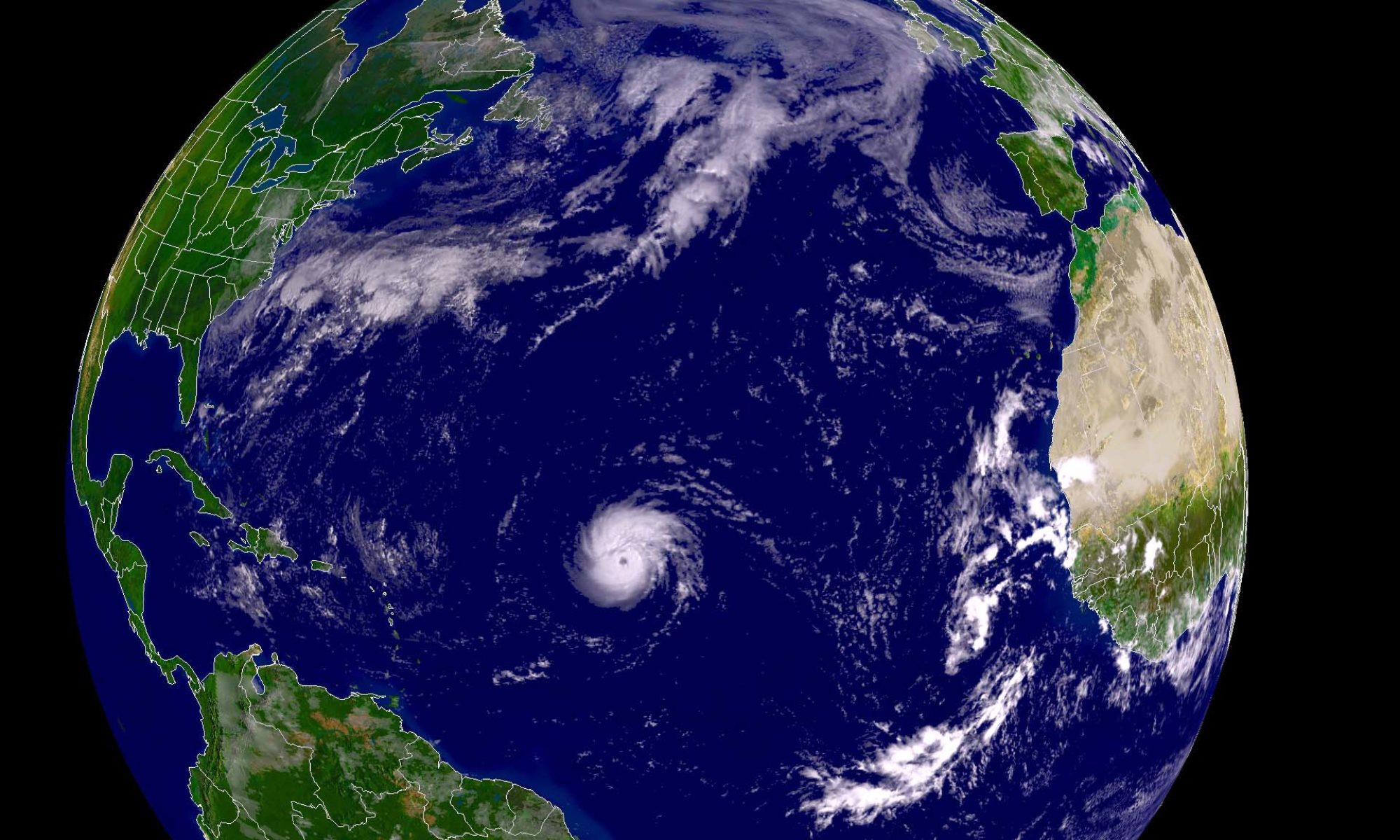Read in Japanese (日本語 ) and Spanish.
Dear Mr. Matsumura,
I read with interest your article on the risk of Mt. Fuji’s possible eruption in the not so far future. Such a scenario is not only possible, but according to the experts it is highly probable. Consequently, all measures should be taken to avert any unnecessary risks to the population in the nearby region. This includes protection of all nearby communities, industrial facilities, hospitals, transport and communication infrastructure, etc. Each of these aspects has its own features and requires a different type of protection and safeguards. All of them should be carefully studied and protected, but also the combination of their risks must also be taken into account.
The number of towns and villages around Mt. Fuji appalls me. I don’t know anything about land use planning in Japan, but given the historical information available it seems obvious that the necessary precautions should have been taken before authorizing the construction of residences, industrial facilities, including nuclear power plants. I imagine that the emergency plans must be drawn in the event of an eruption, and this should include evacuation of civilians, protection of infrastructure and critical potentially dangerous facilities of all kinds. Your article draws the attention to the risk of a nuclear accident triggered by an eruption, which is a legitimate concern. It seems to me that a greater hazard would be the lack of a rational plan to handle the emergency, be it nuclear or of any other sort.… Continue reading






